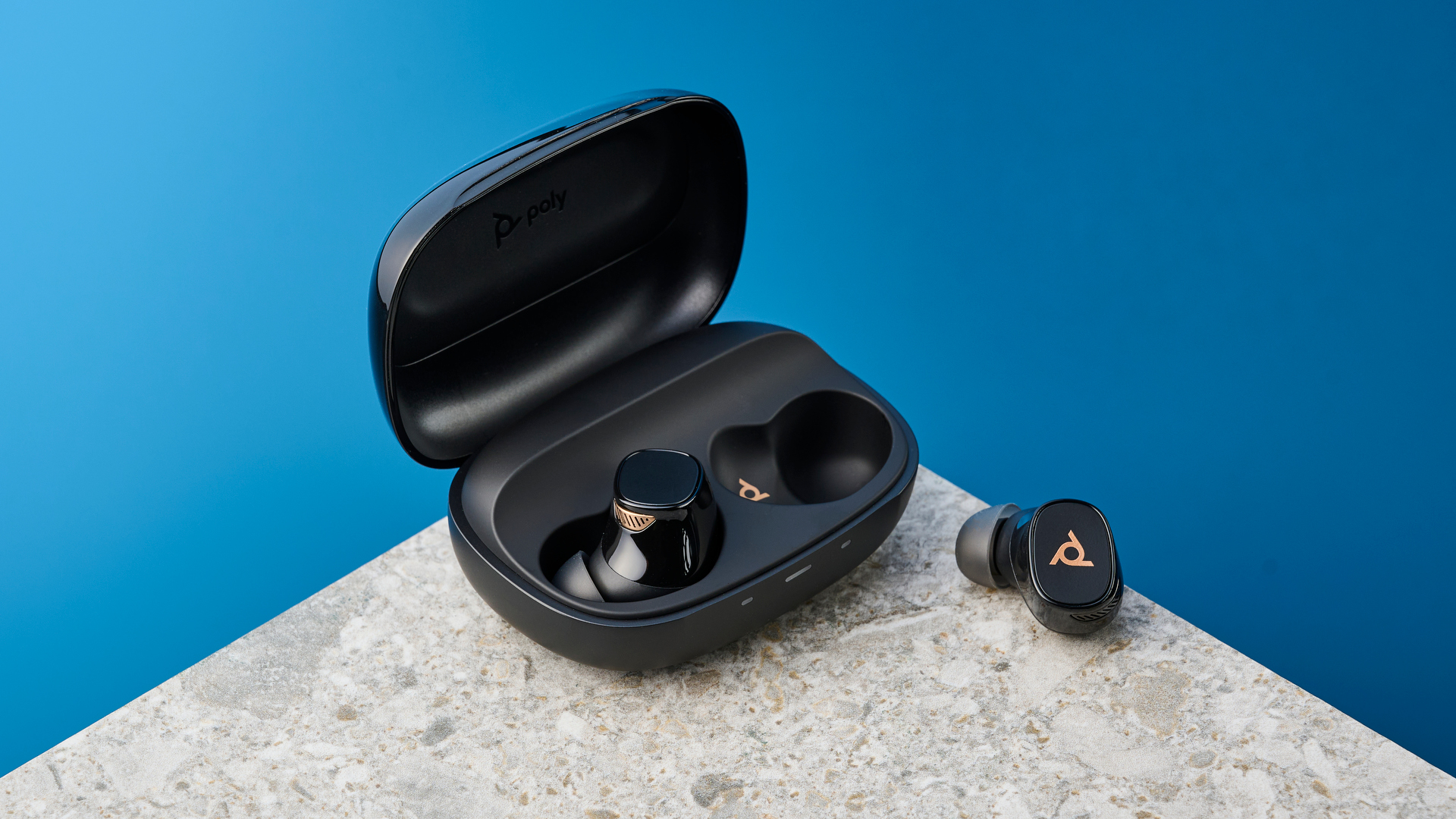
Colors: Black
Battery life (ANC off): 12 hours, 42 hours (charging case)
Battery life (ANC on): 8 hours, 28 hours (charging case)
Connectivity: Bluetooth 5.4 (codecs not specified)
Paired devices max: 8
Multipoint connectivity: Yes
Size: 0.70 x 0.94 x 0.82 inches
Weight: 0.16 ounces (each earbud), 1.76 ounces (charging case)
Durability: IP65 rated
When choosing the best wireless earbuds, it’s important to consider the all-important factors. Are they comfortable? Do they feature active noise cancelation, and if they do, is it any good? What’s the battery life like? Do they justify their price tag? And there’s a plethora of earbuds to choose from, and who would have thought that HP, the purveyor of some of the best laptops, could tick all these boxes with the Poly Voyager Free 20s?
I recently reviewed the (very expensive) HP Poly Voyager Surround 80 UC and was left disappointed, so I was really hoping that wouldn’t be the case with the HP Poly Voyager Free 20 wireless earbuds — and it wasn’t: The Free 20 are extremely comfortable and boast effective active noise cancelation, and excellent sound quality across a variety of genres — from heavy rock to synthpop. These earbuds aren’t perfect though, as the controls can be frustrating, the charging case is flimsy, and they lack spatial audio. But when pitted against similarly priced earbuds, they are at par with some of the best active noise cancelling earbuds.
For the full breakdown, read my full HP Poly Voyager Free 20 review.
HP Poly Voyager Free 20 review: Cheat sheet
- What are they? Wireless earbuds with adaptive active noise cancelation
- Who are they for? For audiophiles looking for the consistent yet excellent sound quality across a variety of genres
- How much do they cost? The HP Poly Voyager Free 20 are available for $149 / £151
- What do we like? Beautiful sound across a range of genres, wear detection, effective ANC, detailed companion app, and superb comfort levels
- What don’t we like? Flimsy plastic charging case, no spatial audio and little control over EQ, and frustrating controls
HP Poly Voyager Free 20 review: Price & availability
The HP Poly Voyager Free 20 wireless earbuds are available for $149 / £151. Available in black only, they sport a minimalistic design well-suited for the office.
These earbuds face fierce competition from the likes of the Jabra Elite 5 ($149), the Nothing Ear ($149), the Beats Studio Buds+ ($169) and the Beats Fit Pro ($199), but they manage to keep up, thanks to the performance of their core feature set.
HP Poly Voyager Free 20 review: Design & comfort
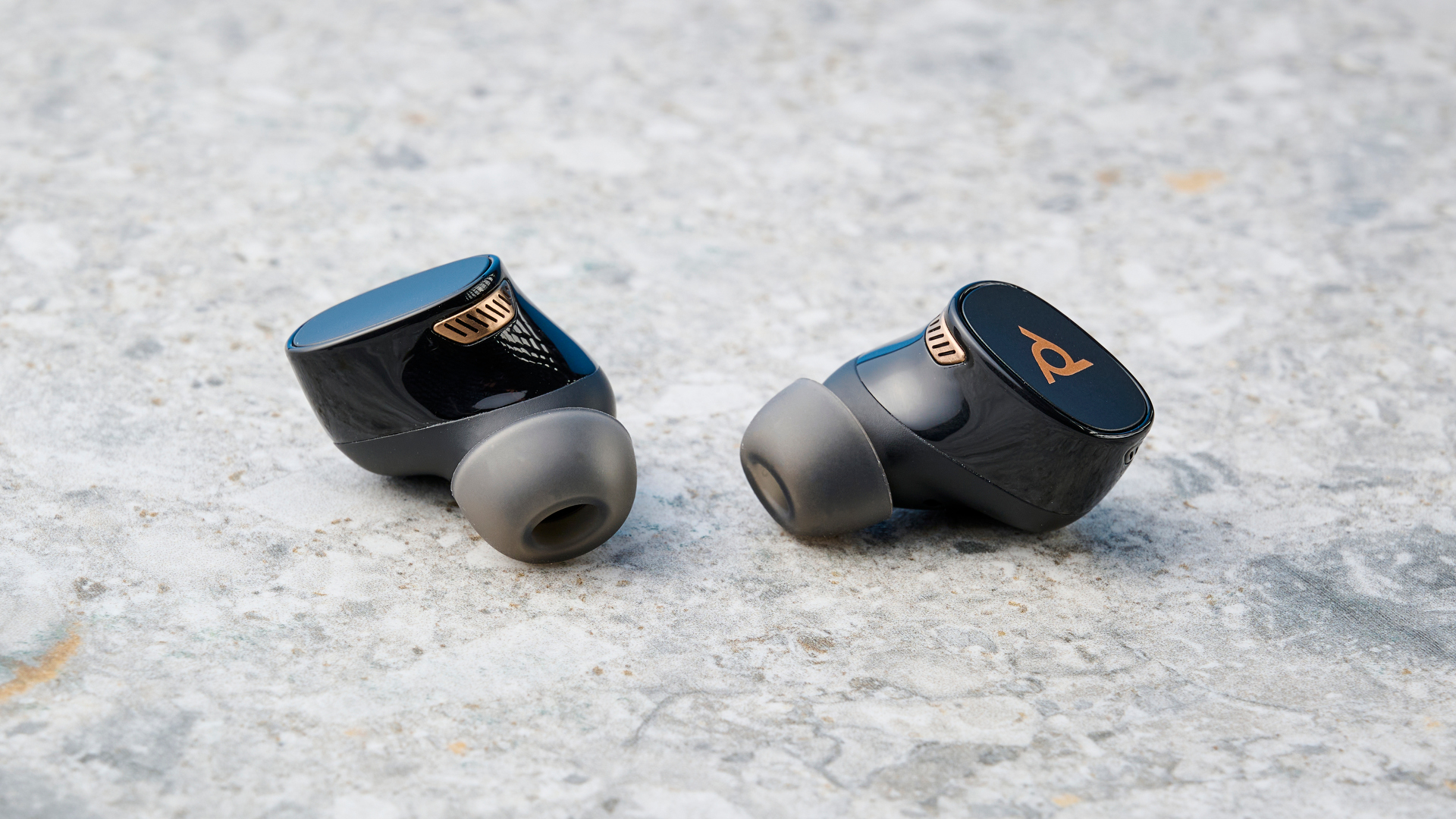
The HP Poly Voyager Free 20 earbuds are sleek and minimalistically designed, with glossy black and gold accents. Branding is low-key, with the Poly logo present only on the right earbud and on the charging case. The earbuds are quite light, each weighing 0.16 ounces. I usually prefer a long stem design over the rounder buds style present here, but I can still appreciate that the Free 20 earbuds look good and feel premium.
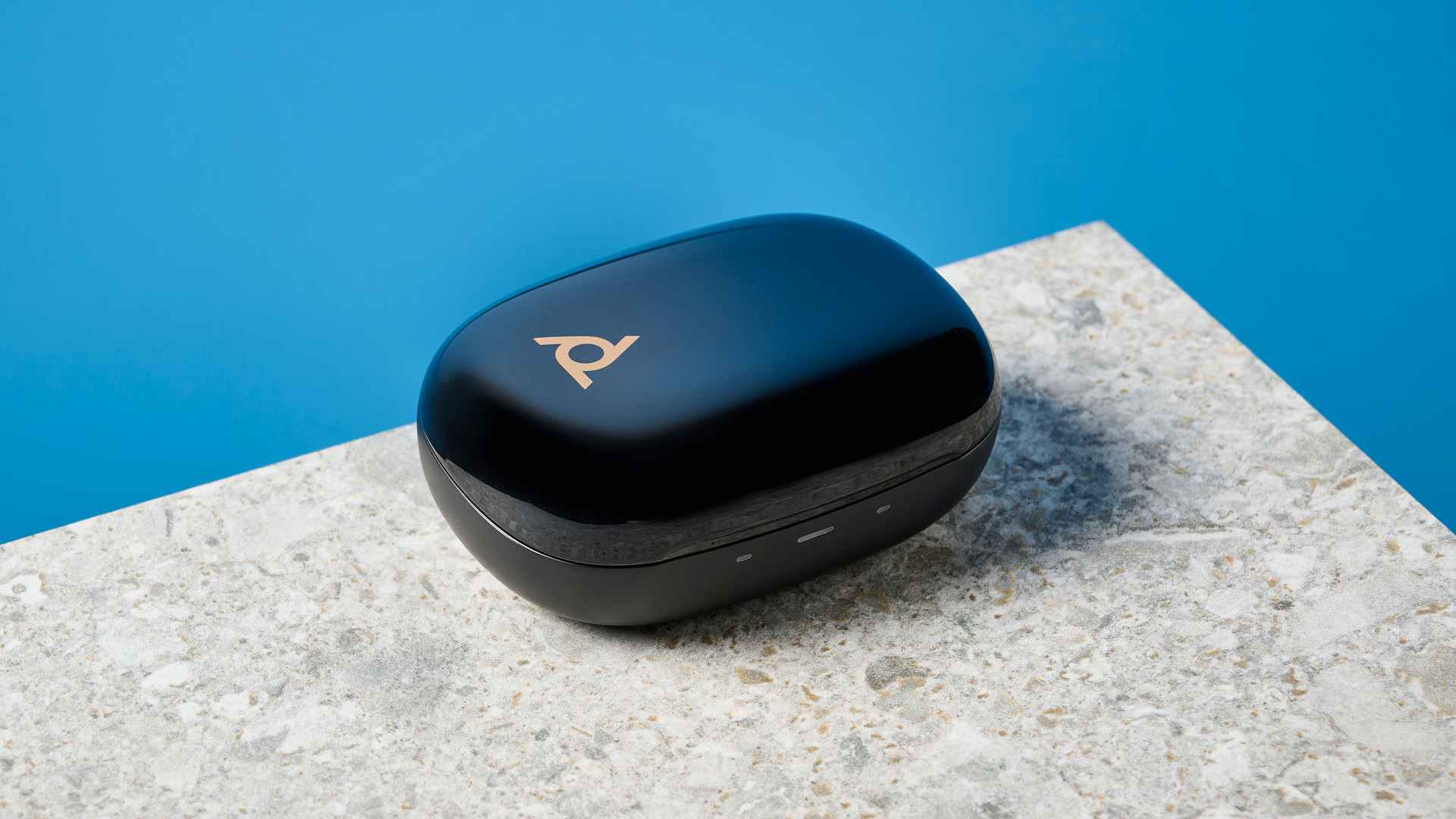
Sadly, the same can’t be said about the charging case. It feels very plasticky and the hinges feel loose. Every time I open the case, I worry I’m going to push it too hard and it’s going to snap, or one bad drop to the floor and it’ll shatter. I expect better build quality from earbuds that cost nearly $150.
Regardless of the case’s flaws, the earbuds themselves are mighty comfortable. I’ve had no problem wearing them for eight consecutive hours, and I even tried wearing them to sleep. Sleeping on my side was no issue as the earbuds fit snugly in my ears. The Free 20 are, possibly, the most comfortable earbuds I’ve worn yet.
HP Poly Voyager Free 20 review: Connectivity
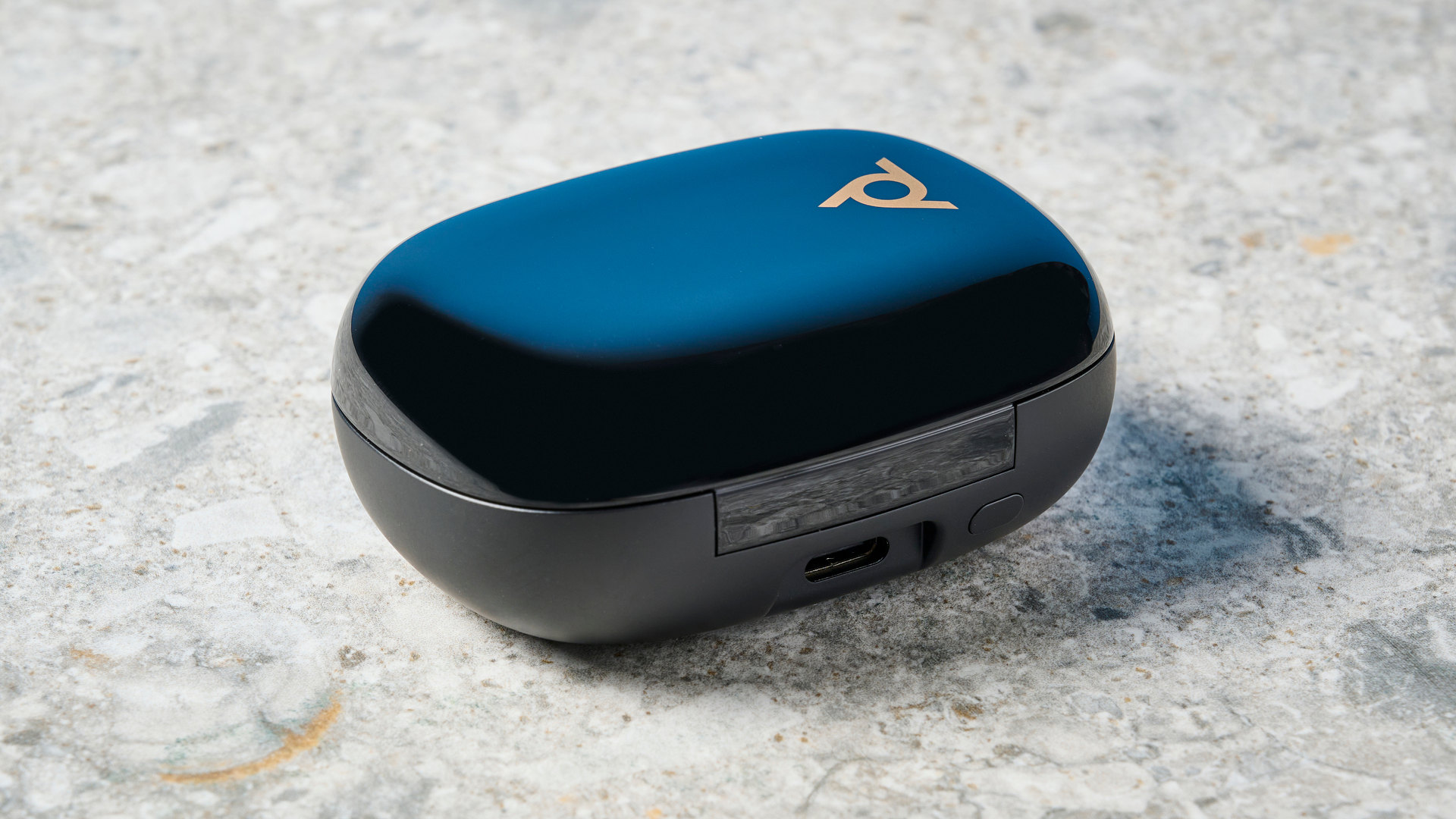
The HP Poly Voyager Free 20 earbuds use Bluetooth 5.4 to seamlessly connect to your laptop and smartphone. The codecs they support aren’t specified by HP. Without the information from HP itself, it’s difficult to determine whether the Free 20 support advanced codecs like LDAC and aptX — both codecs respectively are supported by the Nothing Ear (LDAC) and Jabra Elite 5 (aptX), which each cost the same as the Free 20s ($149).
The Free 20 also support multipoint connectivity, which means you can simultaneously connect them to eight devices at once. Eight! Having them connected to my MacBook Air M2 (2022) and Google Pixel 7 Pro at the same time is handy means I can watch videos and listen to music on both. This feature is also present in similarly priced earbuds, such as the Nothing Ear, but is missing from more expensive earbuds, like the Bose QuietComfort Earbuds 2 ($299).
HP Poly Voyager Free 20 review: Controls & app
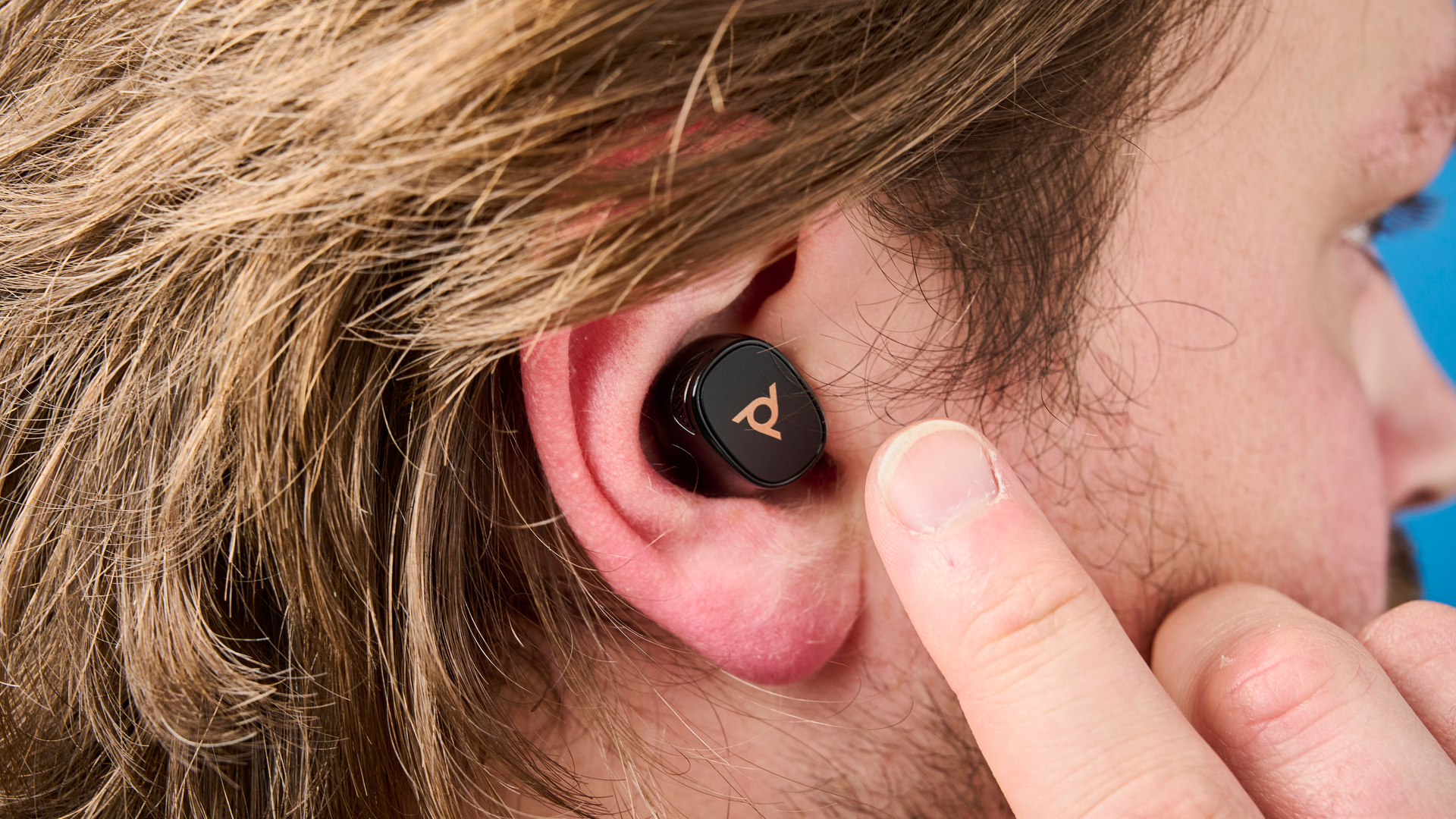
Both the HP Poly Voyager Free 20 earbuds feature a button each. One button to rule them all. There are no touch controls, and all actions, such as answering calls, going to the next song, and even enabling ANC, are done through button presses. I’ve found this very uncomfortable, because pressing the buttons pushes the buds deeper into your ears.
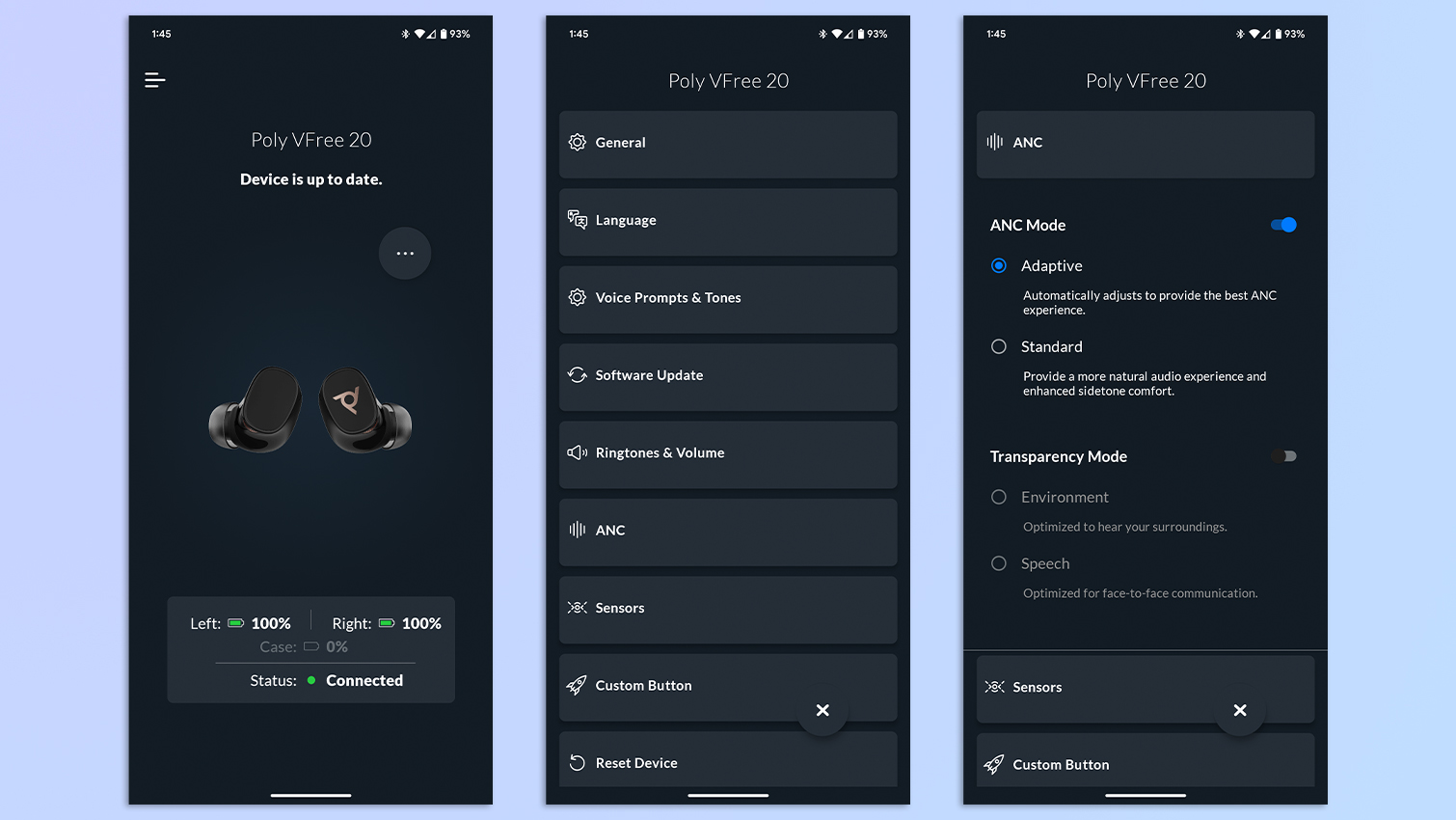
Available on both iOS and Android, Poly Lens is the Free 20’s companion app, and gives you a lot of control over them — but not over the equalizer, which I’ll discuss later. You can use the app to edit voice prompts and tones, ringtones and volume, enable or disable wear detection, update the Free 20s’ firmware, and even trigger ‘Find my device’ to locate your earbuds’ last known location. Nifty!
HP Poly Voyager Free 20 review: Sound quality
The HP Poly Voyager Free 20s are one of the best sounding pairs of earbuds I’ve ever tried. To test them out, I listened to a playlist on Spotify Premium — one of the best music streaming services — on my Google Pixel 7 Pro. Its 10mm dynamic drivers deliver powerful audio and thumping bass. Combined with the fact that the Free 20 are super comfortable, the listening experience is outstanding.
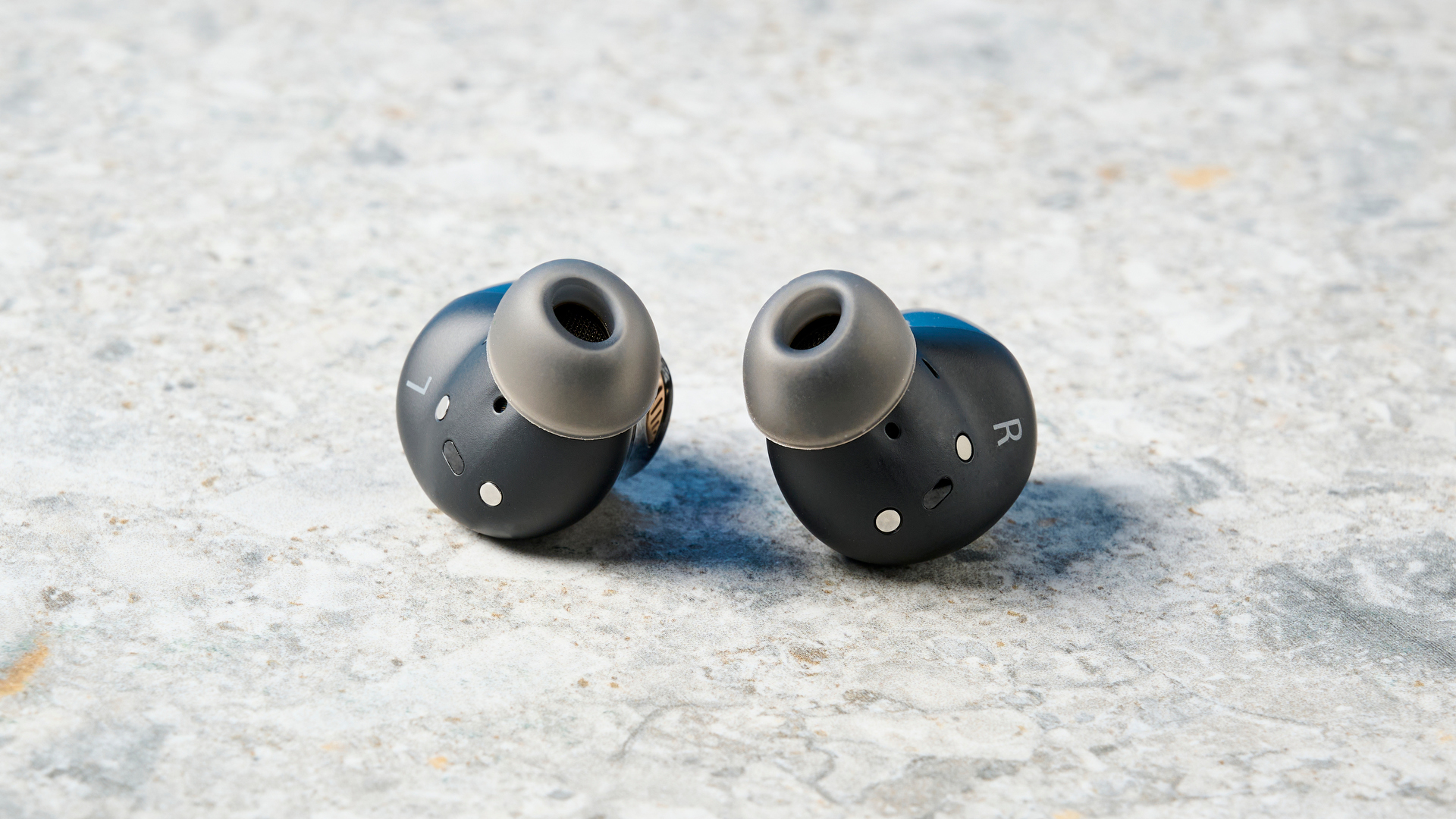
I saw Glass Animals recently and I’ve been obsessed with their songs ever since. The subtle bass notes in ‘Gooey’ really shine through the Free 20, and they sound sharp but never overbearing. The earbuds also excel at balancing different sounds in ‘Creatures in Heaven’, for instance. Even with the bassline blaring in the chorus, vocals are still crisp and clear.
In softer songs, like Highasakite’s ‘Since Last Wednesday’ and Dodie’s ‘Sick of Losing Soulmates,’ both leading and backing vocals sound beautiful, especially in the latter. When the drums kick in towards the end of the song, Dodie’s vocals are still the main event. As for dance music, give Four Tet’s ‘Nova’ a spin with the Free 20, and you’ll start swaying like you were on a crowded dance floor with a disco ball shining down on you.
My only gripe with the Free 20’s audio aspect is that you don’t get a lot of EQ presets, and you can’t customize them either. You’re stuck with bass, flat, and bright presets. I won’t lie, there isn’t much difference between these three either. Cheaper earbuds like the Sony WF-C700N ($119) let you customize the sound, and they feature spatial audio — which is also lacking here.
HP Poly Voyager Free 20 review: Active noise cancelation
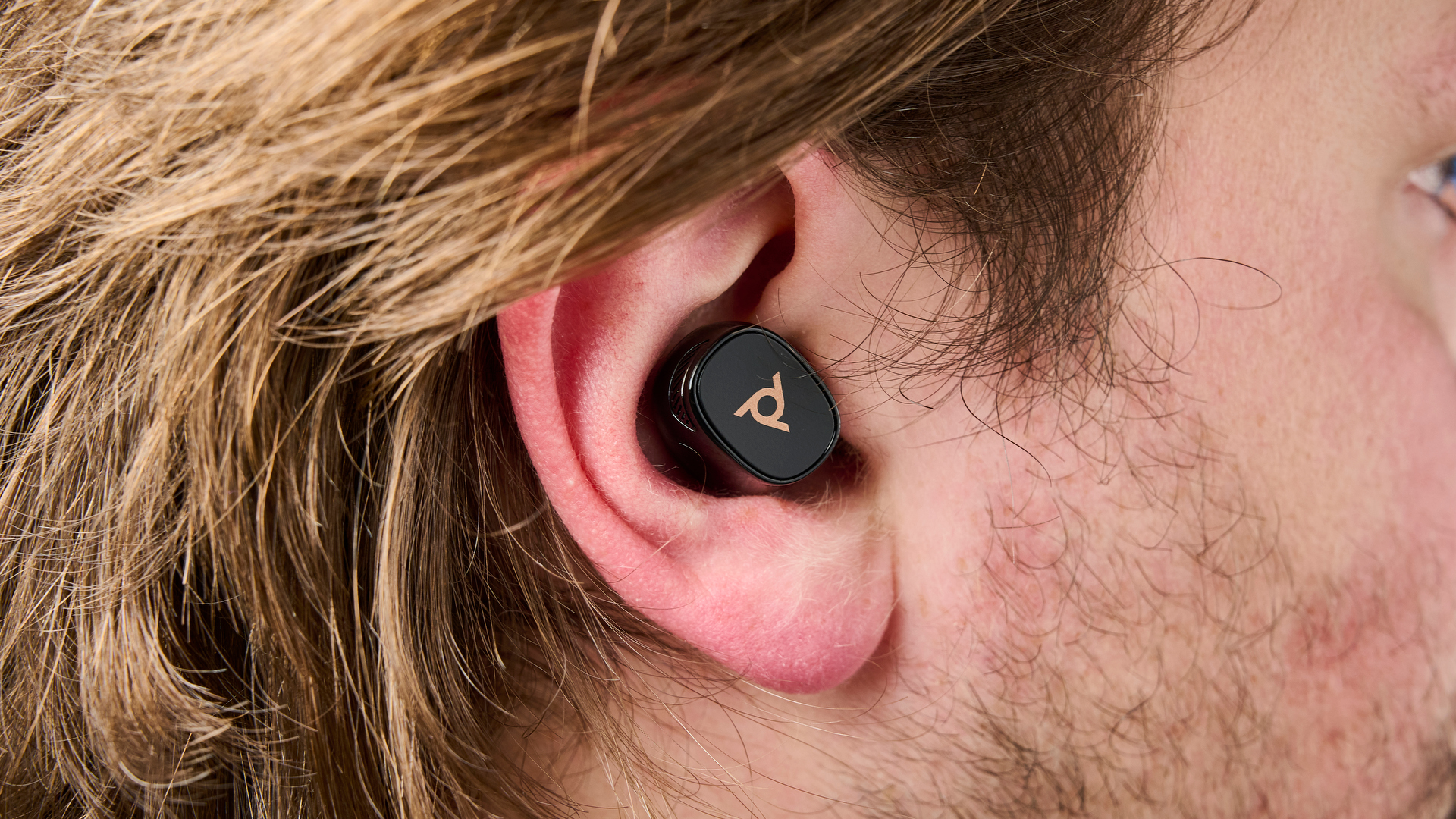
When you wear the HP Poly Voyager Free 20 earbuds for the first time and fire up the Poly Lens app, a fit test will be conducted to ensure there’s no audio leakage. The test isn’t as detailed as the JBL Tour Pro 2’s, but those are also nearly double the price at $249.
Back to the Free 20s. The adaptive active noise cancelation is very effective, and far better than the HP Poly Voyager Surround 80 UC’s ($349). The earbuds excelled at drowning out office chatter, the bus engine’s humming, and even cars honking. In my JBL Tour Pro 2 review, I complained about the earbuds not performing well on trains, so I’m happy to report that the Free 20 do a much better job. Additionally, when compared to the similarly priced Jabra Elite 5, the Free 20 take the cake in the ANC department.
The earbuds also feature two transparency modes: one to hear your surroundings (environment), and the other for face-to-face communication (speech). This means you don’t have to remove your earbuds to speak to other people — simply toggle the speech mode and you’re good to go.
HP Poly Voyager Free 20 review: Special features
The HP Poly Voyager Free 20 earbuds feature wear detection which means that if you remove an earbud, the media will automatically pause and then resume when the earbud is back in your ear. This can be turned off (although I don’t see why anyone would do that) via the Poly Lens app.
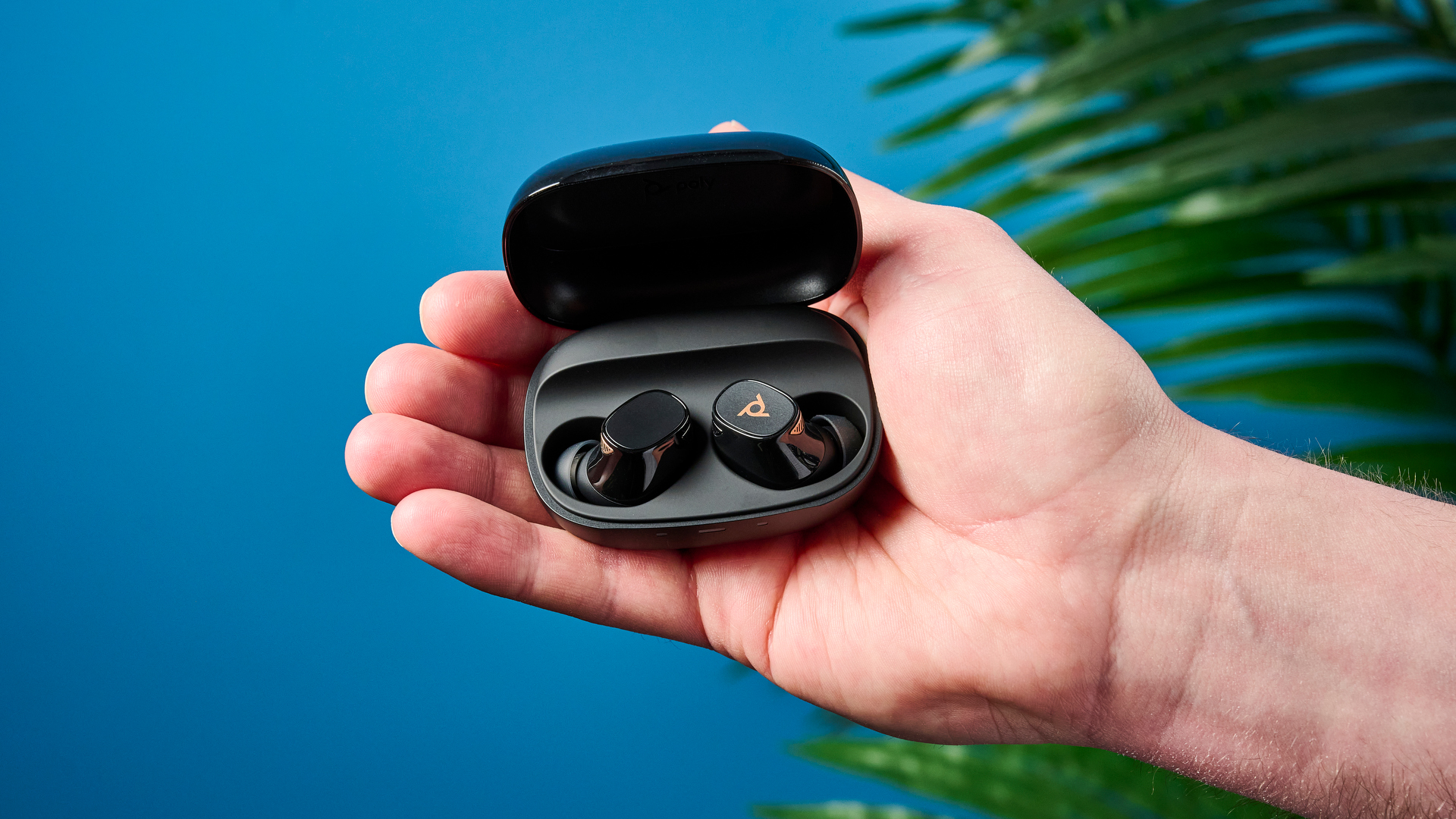
With an IP65 rating, the earbuds are completely dust-proof and moderately water-resistant, so while you can wear them while in the rain, they can’t be submerged or worn when jumping into a pool. This rating is better than the IP54 rating on the Nothing Ear.
HP Poly Voyager Free 20 review: Battery life
HP claims that with ANC off, you can get 12 hours of playback time and an additional 42 hours from the charging case. With ANC turned on, this falls to 8 hours, with the charging case providing an additional 28. In comparison, the Sony WF-C700N provide 7.5 hours with ANC on, and the charging case provides 24. Expensive earbuds pale in comparison too. For instance, the Beats Fit Pro are capable of just 6 hours with ANC on, as are the Bose QuietComfort Ultra ($299). Props to HP.
I had ANC on throughout my testing, and the Free 20 lasted for just under 8 hours before they needed to be put back into the case, matching up with the aforementioned claims.
When charged via a 30W USB-A to USB-C charger, 10 minutes of charging gives you two hours of playback time. Also, the case supports wireless charging.
HP Poly Voyager Free 20 review: Verdict
The HP Poly Voyager Free 20 are definitely worth it if you care most about comfort, sound quality, and active noise cancelation. The sound quality is excellent and consistent across an array of genres, and their adaptive ANC excels at drowning out most sounds — indoors and outdoors. They’re also supremely comfortable to wear for long durations, as I didn’t experience any discomfort throughout the testing period.

This isn’t to say that everything is dandy. You don’t have a lot of control over the EQ outside of choosing from three similar sounding presets. The Free 20's lack spatial audio too, so if you want that, we recommend the Sony WF-C700N instead. As for their physical aspects, HP's earbuds are built really well, but the charging case feels plasticky with loose hinges that could come apart at any time — disappointing at this price but not an outright dealbreaker.
If you’re willing to overlook these minor flaws, $149 for the Free 20 is a solid deal as you get amazing sound quality that makes you feel like you’re watching the artist live, effective ANC that makes you feel like you’re the only person in the world, and unmatched comfort levels that let you wear the earbuds for hours on end.







